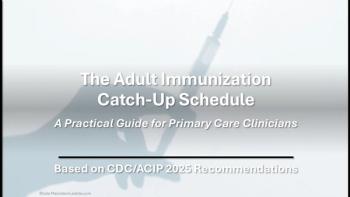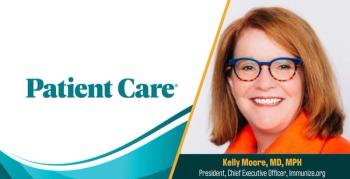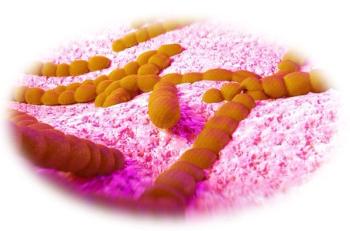
Study: Improving Hand Hygiene in Airports May Slow Disease Spread
Increasing the prevalence of hand hygiene in all airports worldwide by just 10% could slow disease spread by nearly 24%, a recent study found.
Improving the rates of handwashing by travelers passing through 10 of the world’s leading airports could significantly decrease the spread of infectious diseases, according to a recent study published in the journal
“If we were able to increase the level of hand cleanliness at all airports in the world from 20% to 30%…a potential infectious disease would have a worldwide impact that is about 24% smaller compared to the impact that the same disease would have with the 20% level of hand cleanliness,” wrote the authors of the study.
Gone are the days when contagious diseases migrated slowly and rarely across continents. With current transportation means that allow people to easily travel more often and longer distances, diseases can spread quicker and farther than ever before. In 2017 alone,
And just as with any highly populated area, airports can be a breeding ground for bacteria and germs that travelers can pick up, bring on the plane with them, and then out in public when they get to their destination. Carry onto an airplane and then out into
Previous studies have examined the potential of better hand hygiene in controlling the spread of diseases between individuals, but this study is one of the first to quantitatively assess the effectiveness of such measures to mitigate the global spread of disease.
Researchers from the Massachusetts Institute of Technology (MIT) used epidemiological modeling and data-driven simulations to examine the role of individual engagement with hand hygiene inside airports in conjunction with human travel in the global spread of diseases.
Not many travelers have clean hands
To determine the percentage of airport travelers with clean hands, authors used data from a survey conducted by the American Society of Microbiology that showed that 30% of travelers do not wash their hands after using airport bathrooms. Of the remaining 70% of travelers who do, only half do it properly using soap and water and spending the recommended 15-20 seconds washing.
These figures, combined with estimates of exposure to the many potentially contaminated surfaces that people come into contact with at airports (eg, security checkpoint trays, chair armrests, restroom doorknobs) led researchers to estimate that approximately 20% of travelers in an airport have clean hands.
Improving handwashing at all of the world’s airports to triple that rate to 60% would have the greatest impact, the researchers noted, potentially slowing global disease spread by nearly 70%.
Tripling the rate of handwashing in airports across the world may seem impractical, but the study suggests that increasing the handwashing rate at just 10 influential airport locations could reduce the risk of a pandemic by approximately 37%.
Researchers published their findings in late December, just before the
Stay in touch with Patient Care® Online:
→Subscribe to our
Newsletter
Enhance your clinical practice with the Patient Care newsletter, offering the latest evidence-based guidelines, diagnostic insights, and treatment strategies for primary care physicians.























































































































































































































































































